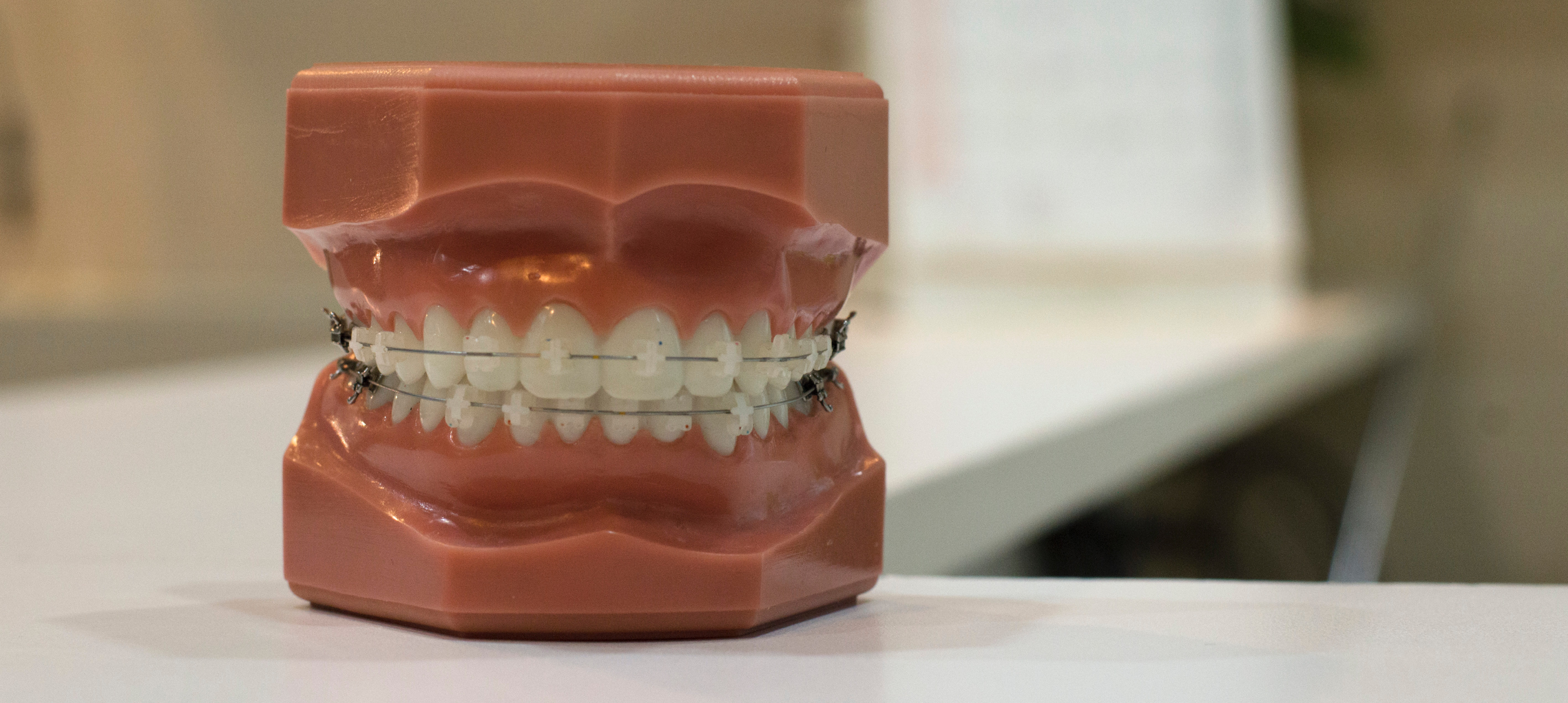At Diamond Creek Dental Clinic, we believe in providing only the dental treatments you and your family need. You might be wondering whether or not your child needs braces or other interceptive orthodontic treatment. We’ve put together some information that should help you get an understanding of treatment and whether or not your child needs braces.
Does My Child Need Braces?
In the past, children were recommended to begin orthodontic treatment when they reached 12 to 14 years of age. This is because usually all the permanent teeth have erupted by this time.
However, according to the American Academy of Orthodontics, all children should now be brought to the dentist for a proper orthodontic assessment by age 7, when the first set of permanent molars have erupted.
Treating children at earlier ages, ideally between 7 to 11 years, will take advantage of the child’s continuing growth. At a younger age, children are more receptive to treatment. And with interceptive orthodontics, fewer teeth are extracted for better results.
What is Interceptive Orthodontics?
Interceptive orthodontics is a phased type of orthodontics. It involves correcting bite problems once they are detected (e.g. extracting teeth that are causing bite issues, or using expanding appliances), to avoid problems in the adult bite.
Interceptive Orthodontics for Children
Interceptive orthodontics is often the first phase of treatment. It may not prevent the need for braces, retainers, or other orthodontic treatment in later years, but it can reduce the length of the second phase of treatment.
The second phase starts when all the permanent teeth have erupted at 12 to 14 years. The second phase is shorter in duration since there are minimal corrections to be made. In this phase, skeletal development problems are corrected. Phase two is also sometimes used to correct problems resulting from oral habits, such as thumb sucking and pacifier habits.
If these habits persist after the child reaches the age of three, the following are likely to occur:
a reshaped jawbone given its soft and pliable nature
- mis-aligned teeth growing out of position
- narrower dental arches
- extreme tongue thrust habits
- protruding front teeth which may be more susceptible to injury
- “open bites” that would require extensive corrective orthodontic treatment
Some developmental issues that will require interceptive orthodontics include:
constricted palate (causing crossbite, or misalignment of the back teeth)
teeth crowding
uneven development of upper and lower jaw
Advantages of Interceptive Orthodontics
Early orthodontic treatment may prevent serious problems from developing and may make treatment at a later stage shorter and less complicated. Early treatment gives your dentist the chance to:
guide jaw growth to create facial symmetry
lower the risk of trauma to protruded front teeth
correct harmful oral habits
improve appearance and self-esteem
guide permanent teeth into a more favorable position
improve the way lips meet
create room for crowded, erupting teeth
preserving space for un-erupted teeth
reducing the need for tooth removal
reducing treatment time
Why Your Child Needs Interceptive Orthodontics
Interceptive orthodontics improves bite problems (malocclusions) aside from improving the child’s appearance. Malocclusions occur due to a tooth or jaw misalignment. They can affect the way a child chews, smiles, cleans his teeth or even how he feels about his smile. Crowded teeth can make it difficult to brush and floss the teeth. This can later on lead to tooth decay and periodontal disease.
Meanwhile, protruding teeth are prone to accidental chipping. Unfavorable growth and uneven tooth wear may result from crossbites while tongue-thrusting habits and speech impediments may result from open bites.
To prevent unwanted incidents from happening and for proper bite and jaw alignment, book a consult with us and have your kids’ teeth formation checked during dental visits to ensure proper bone alignment and tooth growth.

